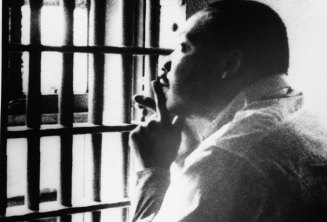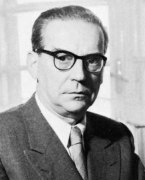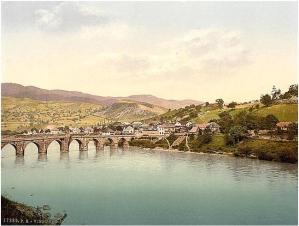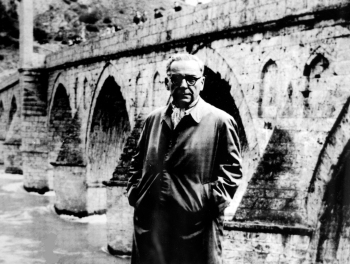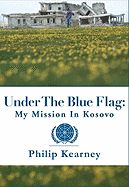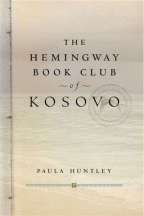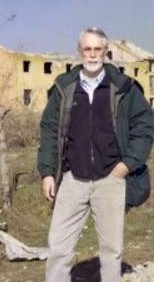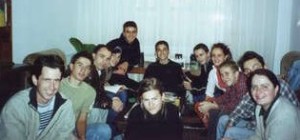June 9, 2012

Example of cattle car used to transport prisoners circa World War II (Source: Holocaust Education & Archive Research Team)
At the start of the next class, I divided the students into four groups, according to which of the four subjects they had chosen to explore in their journals. I then asked each group to share their entries with their peers and prepare an informal group report, highlighting evidence that relates to their focus. After twenty minutes of sharing journals and preparing reports, I called on the first group and prepared to serve as their scribe at the board, listing key phrases, examples, and page citations. Not surprisingly, the first group had to be particularly selective, as nearly every page in the novel provides some evidence relative to their subject, “the horrors and absurdities of war.” They began their list with the death of Roland Weary in the cattle-car, a victim of gangrene from his feet getting shredded by the clogs that Billy had once worn; they noted, too, that Billy took the blame, and that Lazzaro promised to revenge Weary’s death one day (pp. 101, 106). They also listed
- The first prison camp: the freezing prisoners running through the scalding process of de-lousing (p. 107), the American getting his teeth knocked out for a comment a German soldier didn’t like (p. 116); in the Dresden slaughterhouse, where Billy’s body shakes with “ravenous gratitude and applause” (p. 204) as he and his fellow prisoners sneak malt syrup to nourish their starving bodies, nourishment that proves far too little to eliminate all their sores (p. 208)

Aftermath of the fire-bombing of Dresden on February 13, 1945 (Source: www.neatorama.com)
- Dresden: the shooting of Edgar Derby, tea-pot thief (p. 274); the “fire-storm” that incinerated “everything organic, everything that would burn” (p. 227); Billy and other prisoners, who survived the bombing in the meat-locker, serving with shovels and wheelbarrows in the Dresden “corpse mines” (p. 273); the Official History of the Army Air Force that said “almost nothing” about the raid on Dresden, keeping it a “secret from the American people” (p. 244)

Dr. Martin Luther King, Jr. and Robert Kennedy, White House, June 22, 1963 (Source: rolexblog)
The second group provided an equally disturbing list of the cultural decadence spawned directly or indirectly by the recurrence of ‘children’s crusades’ and the devaluation of life. They spoke of Kilgore Trout, the science fiction writer, who recruits children to sell subscriptions to the Illium Gazette and motivates them by telling them to “get off their dead butts and get their daily customers to subscribe to the fucking Sunday edition, too” (p. 212); they mentioned the bookstore that carries Trout’s novels as well as photographs of naked children performing sex (p. 256); and they cited a talk show focused on the “function of the novel in modern society,” one guest suggesting that books provide color in rooms with white walls, another praising novels that “describe blow-jobs artistically,” another favoring novels that give advice on how to behave in French restaurants (p. 264). They also listed the racist American Nazi, Howard Campbell; Eliot Rosewater, the former infantry captain, who told Billy in the veterans’ hospital that psychiatrists will have to “come up with a lot of wonderful new lies, or people just aren’t going to want to go on living” (p. 129); and finally Robert Kennedy and Martin Luther King, both shot within one month in 1968 (p. 268).

Tralfamadorian (Source: complexoperations.org)
Turning to the third group, I asked if they had found more evidence of insanity or sanity in Billy’s responses to this corrupt, brutal culture. Dafina, a member of group three, said that they had found several references to Billy’s mental or emotional instability. Her list included Billy’s terror at the rim of the Grand Canyon, not long after his father had thrown him in the pool to ‘sink or swim’ (p. 127); his certainty that “he was going crazy when he heard himself proposing marriage” to the enormous Valencia Merble, a “girl nobody in his right mind would have married” (pp. 137, 151); his daughter Barbara chastising him in 1968 for acting like a “child,” failing to turn on the heater in his freezing house (p. 167); a mother at Billy’s optometry office telling Barbara that her father had gone “crazy,” telling her son about Tralfamadore as he tended to his eyes (p. 172). Dafina then launched into a second list, one that, in her words, “makes Billy seem the only sane person in the book”: Billy’s excitement on Tralfamadore when he learns that their planet lives “in peace,” a lesson he wants them to teach to Earthlings (p. 148); Montana Wildhack, stunned by his modesty and gentleness, coming to “love and trust Billy Pilgrim” (p. 170); and, in the aftermath to the fire-bombing at Dresden, the sight of horses pulling a wagon loaded with objects looted from suburban houses, but doing so “insane with thirst” and tormented by their “bleeding” mouths and broken hooves, a sight that makes Billy “burst into tears” (pp. 251, 252).
Gezim, spokesperson for group four, volunteered at this point that his group had also selected Billy’s tearful response to the horses as their prime example of the kind of intelligence and compassion that Faulkner charged all novelists with weaving into their fictions that tell the truth about an otherwise chaotic and violent postmodern reality. I then asked the group to what extent Vonnegut’s dark novel engenders hope that humanity will endure its often self-inflicted suffering and “prevail” over its penchant for self-serving, destructive behavior. Gezim reported that they struggled with this question. On the one hand, he explained, his group admires Billy’s acceptance of death as simply a moment, not to be feared (p. 180), but they also find it depressing to watch Billy Pilgrim’s death, the consequence of Lazzaro’s bullet to his forehead (p. 182). Similarly, he continued, they admire Billy’s courageous acceptance of the randomness of experience, which allows him to get on an airplane he knows will crash, but they also find it discouraging that the report of the crash leads to Valencia’s death (p. 234). Noting the same pattern—a note of hopefulness followed by gratuitous suffering and death—he explained that they admire Derby’s patriotic speech in defiance of the Nazi Campbell (p. 209), but that his patriotism makes it all the harder to watch him stand before the firing squad in the ashes of Dresden (p. 274).

“So you’re saying,” I asked, “that Vonnegut provides credible examples of badly damaged but admirable human beings, Billy and Edgar most notably, but that Vonnegut holds out little hope that Children’s Crusades will end or that we will quit assassinating those who dare to effect positive change, people like Kennedy and King?” Members of group four all shook their heads “yes.” Thanking the group for their thoughtful analysis, I said that the last page would seem to support their sense that cruelty and injustice will prevail, ending as it does with the birds’ meaningless song, “Poo-tee-weet,” and with the image of horses pulling a “coffin-shaped” wagon out of Dresden. “Yet did you notice the next-to-last image?” I prodded. Edita read it for us: “The trees were leafing out” (p. 275).

Budding trees (Source)

